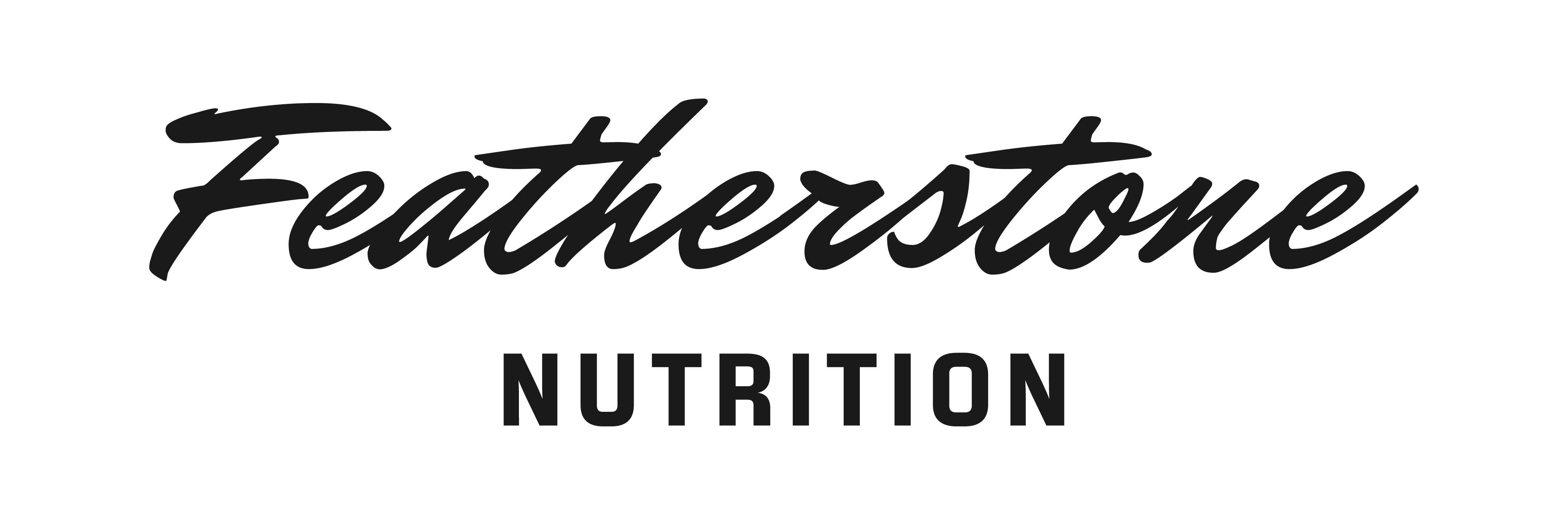This post is for the ladies. We’ve all been there – cramps, bloating, fatigue…the list goes on with what we experience during our menstrual cycles. How can our nutrition support our bodies and lessen side effects in daily life and performance?
Nutrition for menstrual cycle side effects
Fatigue – Increased hormones and body temperature can disrupt sleep, contributing to fatigue. What can help? Don’t go to bed hungry or too full & eat enough throughout the day.
Bloating – This is one that I get questions about A LOT. Bloating occurs due to increased hormones. What can help? Keep exercising, hydrate well with the right amount of sodium, eat whole grains for fiber to keep your GI tract regular and fruits & veggies for potassium.
GI issues – Change in hormones can cause increased contractions in your GI tract. You may experience more GI issues on your runs or an urgent need to use the bathroom. What can help? Keep it simple when you eat before runs and the night before long runs <avoid high fiber and high fat foods>, and hydrate well.
Cramping – The first day of your cycle is usually the worst and then hormones that cause cramping will decrease. What can help? Omega-3s and magnesium may help.
Headaches – Often occur from constricting blood vessels during this time. What can help? Nitrates can help dilate blood vessels <think eating beets, spinach, other leafy greens, and watermelon>. Plus, make sure you are staying hydrated.
Nutrition during menstrual cycle phases
Follicular: Hormones are low after menstruation. We often feel stronger and are able to perform and recover our best here. Hydration is predictable and easier to maintain. The body cools itself more efficiently.
Nutrition Tips: Fuel during workouts + after. Hit those hard efforts – this is the best time to get after it!
Ovulation: Estrogen is high, and progesterone is low. With more inflammation, it may delay recovery from hard workouts. You also may not store carbs quite as efficiently, so stick a gel in your pocket for that run & rely on carbs to fuel you during runs.
Nutrition Tips: Eat before runs and fuel during all workouts over 60-70 minutes. Really nail that recovery meal and add some extra protein.
Luteal: Hormones are high. The body is less tolerant to heat because body temperature rises, the ability to cool ourselves during exercise is delayed, plasma blood volume is decreased and fluids in extracellular tissues increased. You may experience higher perceived exertion, a higher heart rate and take longer to recover.
Nutrition Tips: Focus on hydration – before a workout, you may need to hyperhydrate <more sodium & water> to increase plasma volume, listen to your body, and try to stay cool pre-workout. Increase your carbohydrate intake during runs. Increase recovery nutrition – carbs and protein. You may need to increase sodium in your diet by adding salt to foods.
Other considerations
Iron – Iron needs are higher for females with a menstrual cycle. You may need to supplement during your period, regularly or increase high iron foods in your diet. <Please reach out to a nutrition expert to help with this – do not blindly supplement!>
PMS Cravings – In order to reduce food cravings during PMS, eat enough during the day <3 meals + snacks>, nail your protein at all meals, and increase calories if needed to stay satiated.
Hunger – If you find yourself extra hungry the week before your period, there is a reason for that! Your resting energy expenditure increases, so allow yourself to eat more – add an extra serving of protein, veggies or whole grains at meals or add an extra snack in there.
PMID: 33572406, 34200767, 8303141
Disclaimer: The content in our blog articles provides generalized nutrition guidance. The information above may not apply to everyone. For personalized recommendations, please reach out to your sports dietitian. Individuals who may chose to implement nutrition changes agree that Featherstone Nutrition is not responsible for any injury, damage or loss related to those changes or participation.

